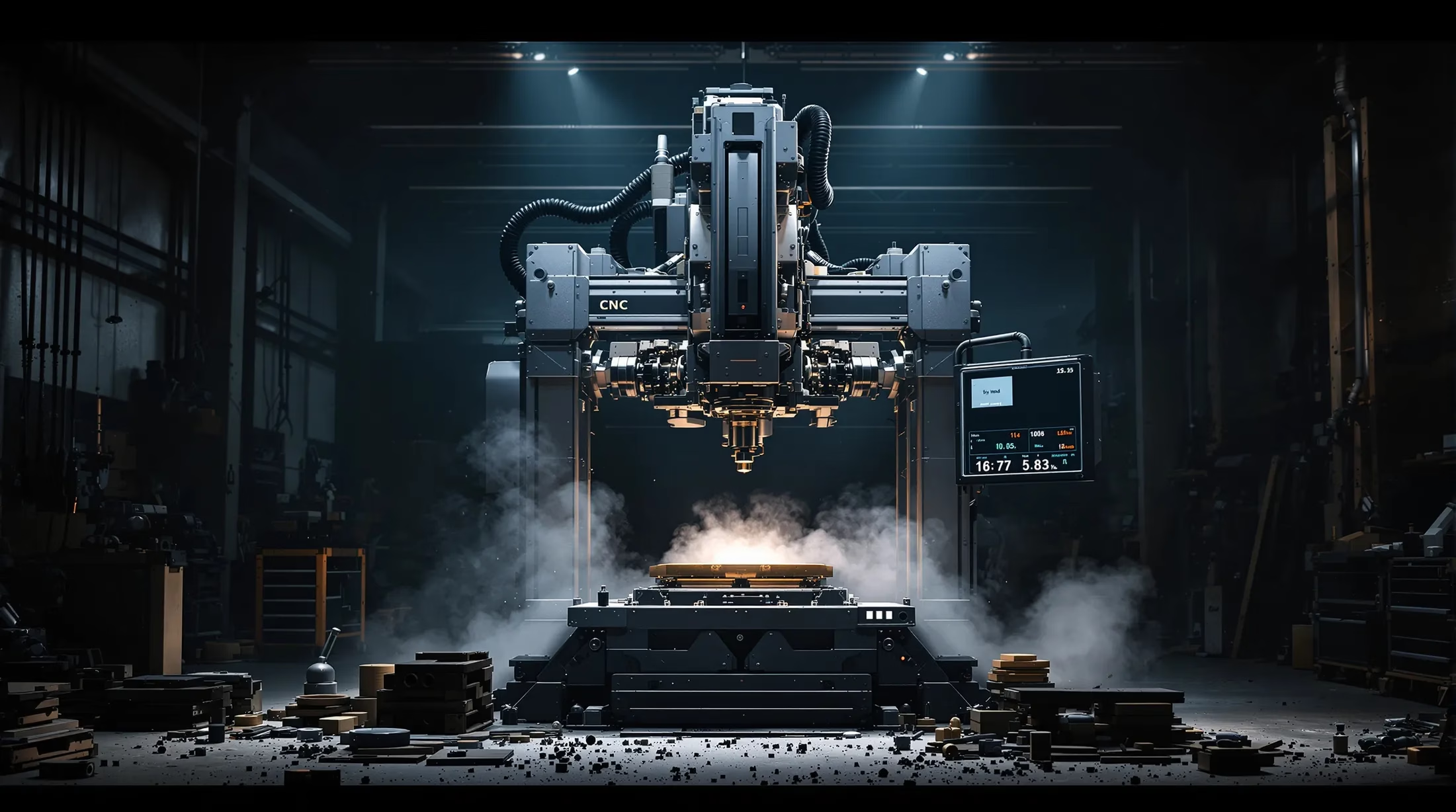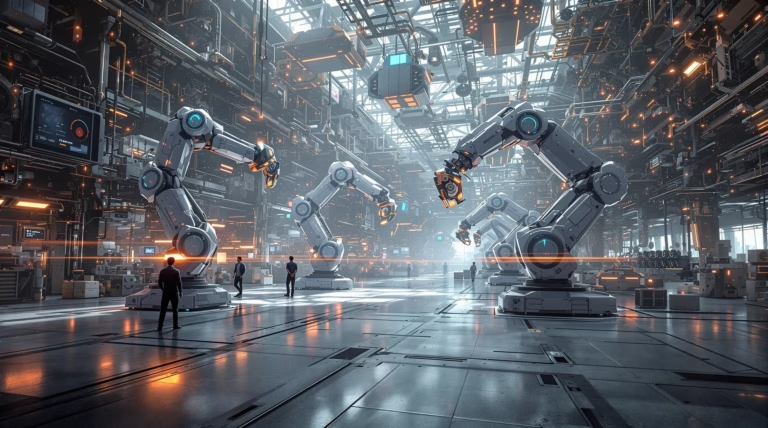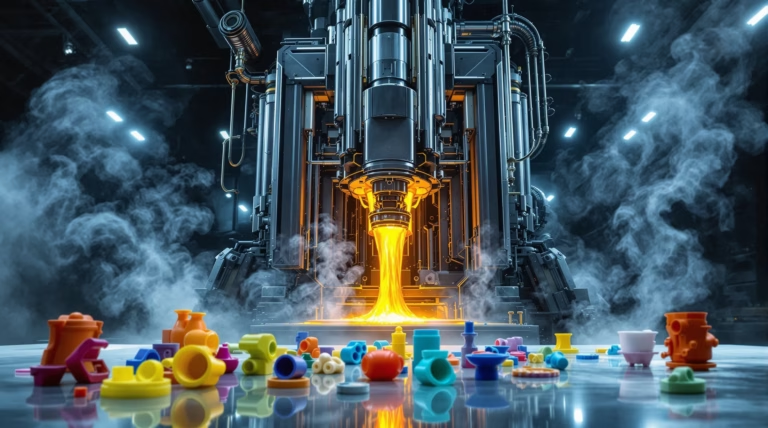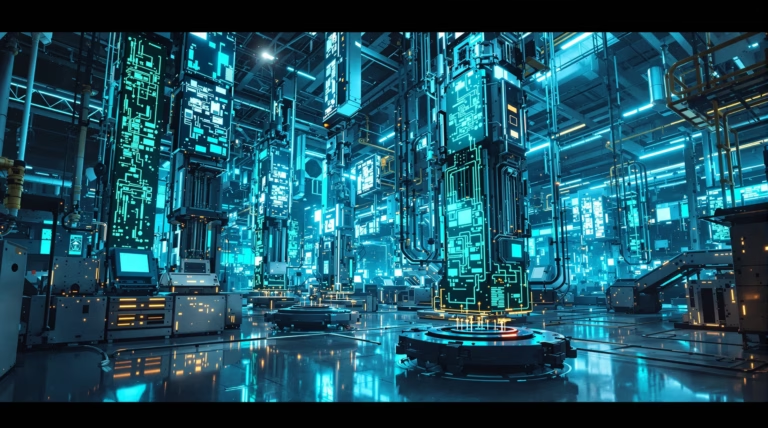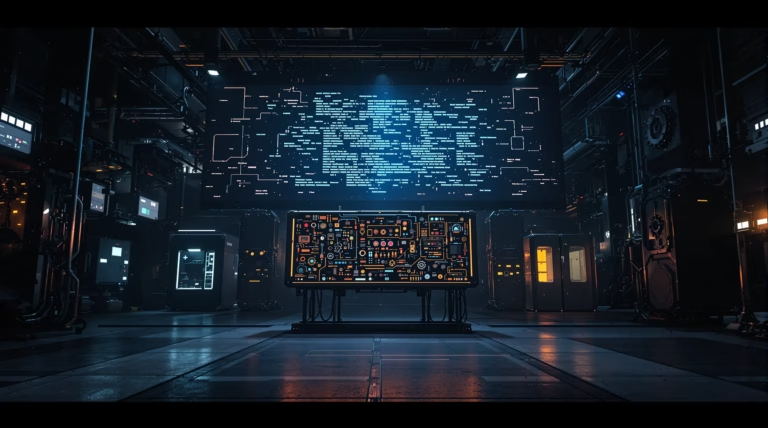Computer Numerical Control: Understanding CNC Technology and Its Applications
Discover the revolutionary world of Computer Numerical Control (CNC) technology, where precision meets automation in modern manufacturing. This comprehensive guide explores how CNC systems transform digital designs into physical reality, revolutionizing production processes across industries.
What is Computer Numerical Control?
Computer Numerical Control (CNC) represents a breakthrough in automation technology, utilizing computer programs to control mechanical tools and machinery. Unlike traditional manual machining, CNC systems execute operations based on pre-programmed instructions, eliminating constant human oversight while delivering exceptional accuracy.
The system works by transforming digital designs into physical components through automated manufacturing processes. It interprets computer-aided design (CAD) files, converting them into machine-readable instructions that direct the precise movements of various tools and equipment, ensuring unmatched precision and consistency.
The Evolution of CNC Technology
- Late 1940s – John T. Parsons pioneers coordinate data for machine tool guidance
- 1950s – MIT researchers develop servo-mechanisms using Cartesian coordinates
- 1970s – Integration of computers, marking the birth of modern CNC systems
- Present day – Advanced features including:
- Cloud connectivity for remote operations
- Self-diagnostic capabilities
- Real-time error compensation
- Multi-axis simultaneous control
How CNC Machines Work
CNC machines operate through an intricate system of hardware and software components working in harmony. The process begins with digital blueprints created in CAD software, which CAM software then translates into machine-readable instructions (G-code).
| Component | Function |
|---|---|
| CNC Controller | Acts as the machine’s brain, interpreting programmed instructions |
| Servo/Stepper Motors | Convert signals into precise mechanical motion |
| Feedback Systems | Monitor position, speed, and parameters for real-time adjustments |
| Automatic Tool Changers | Switch between different cutting implements for various operations |
Types of CNC Machines
CNC technology encompasses various specialized machines, each designed for specific manufacturing functions. These automated systems enable complex operations through computer-controlled processes, offering manufacturers flexibility in choosing equipment based on their production needs.
Milling Machines
CNC milling machines stand as versatile manufacturing tools, using rotating cutters to create complex shapes and features. These machines operate on multiple axes, with configurations ranging from standard three-axis to advanced five-axis models for intricate geometries.
- Vertical milling machines – ideal for die work and profiling
- Horizontal milling machines – excel at heavy-duty cutting operations
- Specialized models:
- DATRON neo – compact operations
- M8Cube – precision work
- MLCube series – large industrial applications
Lathes
CNC lathes, or turning centers, excel in creating cylindrical parts by rotating workpieces against fixed cutting tools. Modern CNC lathes perform multiple operations automatically, including turning, facing, threading, drilling, boring, and grooving.
- Multi-axis turning centers – incorporate live tooling for milling operations
- Swiss-type lathes – specialized for small, precise components
- Applications include:
- Automotive manufacturing
- Aerospace components
- Medical device production
Plasma Cutters
CNC plasma cutting systems harness advanced thermal cutting technology through an accelerated jet of hot plasma to cut electrically conductive materials. These sophisticated systems deliver exceptional speed and precision in processing metal sheets and plates, making them essential equipment for fabrication shops, metal service centers, and manufacturing facilities.
The cutting process involves several key stages:
- Generation of an electrical arc between the torch electrode and workpiece
- Ionization of gas to create a plasma channel reaching temperatures over 20,000°C
- Instant metal melting through concentrated heat
- High-velocity gas expulsion of molten material from the cut zone
| Material Capability | Characteristics |
|---|---|
| Steel | Excellent cut quality, high speed processing |
| Aluminum | Clean cuts, minimal heat affected zone |
| Stainless Steel | Precise edges, minimal dross |
| Copper | Effective cutting of varied thicknesses |
Applications of CNC Technology
CNC technology has transformed modern manufacturing across industries, enabling precise execution of complex designs through automated processes. These systems excel in creating intricate geometries that would be impossible to achieve manually, while offering unprecedented versatility across materials including metals, plastics, wood, composites, and ceramics.
Manufacturing and Production
In manufacturing environments, CNC technology functions as the cornerstone of modern fabrication processes, seamlessly converting digital designs into physical components. These systems utilize Computer-Aided Manufacturing (CAM) software to generate precise machine-readable instructions, ensuring consistent component specifications regardless of production volume or complexity.
- Automated complex operations previously requiring skilled manual labor
- Enhanced production throughput and quality control
- Execution of sophisticated processes:
- Multi-face machining
- Precision boring
- Complex surface contouring
- Tight-tolerance assembly
Automotive Industry
The automotive sector leverages CNC technology for manufacturing crucial vehicle components with exceptional precision and repeatability. From engine blocks to transmission parts, these systems ensure components meet rigorous quality and safety standards while maintaining high-volume production capabilities.
- Production of critical components:
- Engine blocks and cylinder heads
- Transmission components
- Brake systems
- Structural elements
- Interior components
- Advanced manufacturing capabilities:
- Five-axis machining for complex aluminum components
- Tooling production for die casting
- Rapid prototyping capabilities
- Precision injection molding
Aerospace Industry
In aerospace manufacturing, CNC technology enables the production of complex components meeting extraordinarily demanding performance and safety requirements. These systems excel in creating flight-critical parts with micron-level tolerances, utilizing advanced materials including titanium alloys, high-temperature superalloys, and sophisticated composites.
- Critical aerospace applications:
- Jet engine components
- Hydraulic systems
- Landing gear assemblies
- Structural elements
- Monolithic construction components
- Advanced manufacturing features:
- Multi-axis machining capabilities
- High-speed machining processes
- On-machine inspection systems
- Digital process control and documentation
- Comprehensive production tracking
Benefits of CNC Technology
Computer Numerical Control (CNC) technology has revolutionized manufacturing processes through the seamless integration of computer systems with mechanical tools. This powerful combination transforms manufacturing capabilities across industries, enabling unprecedented control over production processes and the ability to translate digital designs into physical products with exceptional precision.
Modern CNC systems feature enhanced computational capabilities that allow for complex program storage and editing directly within the machine’s memory. This advancement enables manufacturers to modify existing programs efficiently, adapting quickly to changing production requirements. The versatility of CNC equipment allows a single machine to perform multiple functions through simple software instruction changes, reducing the need for specialized equipment while maximizing operational flexibility.
Precision and Accuracy
- Consistent production of components with micrometer-level tolerances
- Maintenance of dimensional stability across thousands of identical parts
- Real-time error compensation through sophisticated feedback mechanisms
- Automatic adjustments for material variations and complex geometries
- Self-diagnostic capabilities for preventive maintenance
Efficiency and Productivity
| Operational Advantage | Benefit |
|---|---|
| 24/7 Operation | Continuous production with minimal downtime |
| High-Speed Execution | Rapid tool changes and movement sequences |
| Error Reduction | Minimal rework and material waste |
| Single Setup Processing | Complete complex components without repositioning |
Challenges in CNC Implementation
The implementation of CNC technology presents significant technical, financial, and operational challenges for manufacturers. Organizations must carefully navigate these hurdles while considering design limitations, tool accessibility, and the broader socioeconomic implications of automation. Success requires strategic planning and comprehensive understanding of both the benefits and obstacles involved.
Cost of CNC Machines
- Initial investment requirements:
- High-quality CNC systems (hundreds of thousands of dollars)
- Peripheral equipment and accessories
- Facility modifications
- Software licensing
- System integration costs
- Ongoing operational expenses:
- Professional training and setup costs
- Regular maintenance and updates
- Replacement parts
- Periodic recalibration
- Software upgrades
Skill Requirements
- Essential expertise:
- Traditional machining principles
- Programming languages proficiency
- CAD/CAM software operation
- System troubleshooting capabilities
- Material properties knowledge
- Training considerations:
- Extended instruction periods
- Supervised practice requirements
- Continuous education needs
- Knowledge transfer protocols
- Technology adaptation training
Future Trends in CNC Technology
Computer Numerical Control (CNC) technology continues to evolve in the digital manufacturing era, pushing the boundaries of innovation. Modern systems achieve unprecedented precision at the nanometric scale, particularly crucial in semiconductor manufacturing where components become increasingly miniature. The convergence of CNC with emerging technologies is driving this transformation at an accelerated pace.
- Artificial Intelligence integration enabling:
- Self-optimizing operations
- Predictive maintenance capabilities
- Advanced machine learning algorithms
- Real-time process optimization
- Automated decision-making systems
Advancements in CNC Software
| Software Feature | Capability |
|---|---|
| Graphical Interfaces | Intuitive visual programming and simulation |
| Automated Code Generation | Direct conversion from 3D models to machine instructions |
| Adaptive Control | Real-time optimization of machining parameters |
| Cloud Integration | Remote monitoring and collaborative programming |
Integration with IoT
- Advanced connectivity features:
- Real-time operational metrics collection
- Centralized monitoring systems
- Remote machine management
- Performance analytics
- Predictive maintenance alerts
- Production optimization capabilities:
- Machine-to-machine communication
- Automated workflow coordination
- Dynamic production scheduling
- Quality control integration
- Resource optimization
The combination of IoT sensors, cloud computing, and CNC precision enables unprecedented manufacturing capabilities, particularly evident in semiconductor fabrication where systems can now assemble transistors as small as 2 nanometers. This technological convergence marks a fundamental shift toward data-driven, intelligent manufacturing environments where CNC systems serve as precision execution components within a broader smart production ecosystem.

